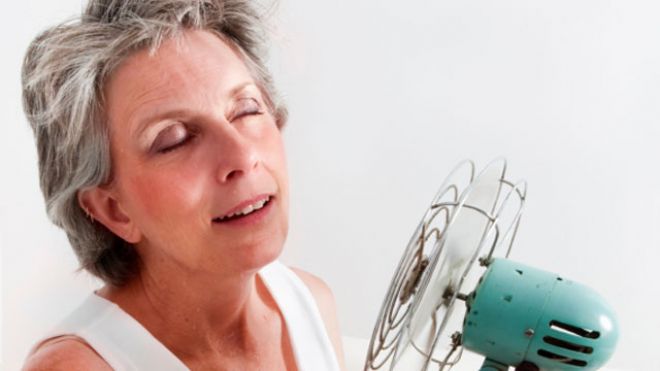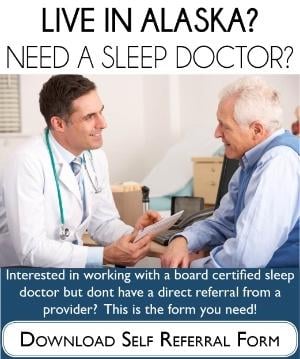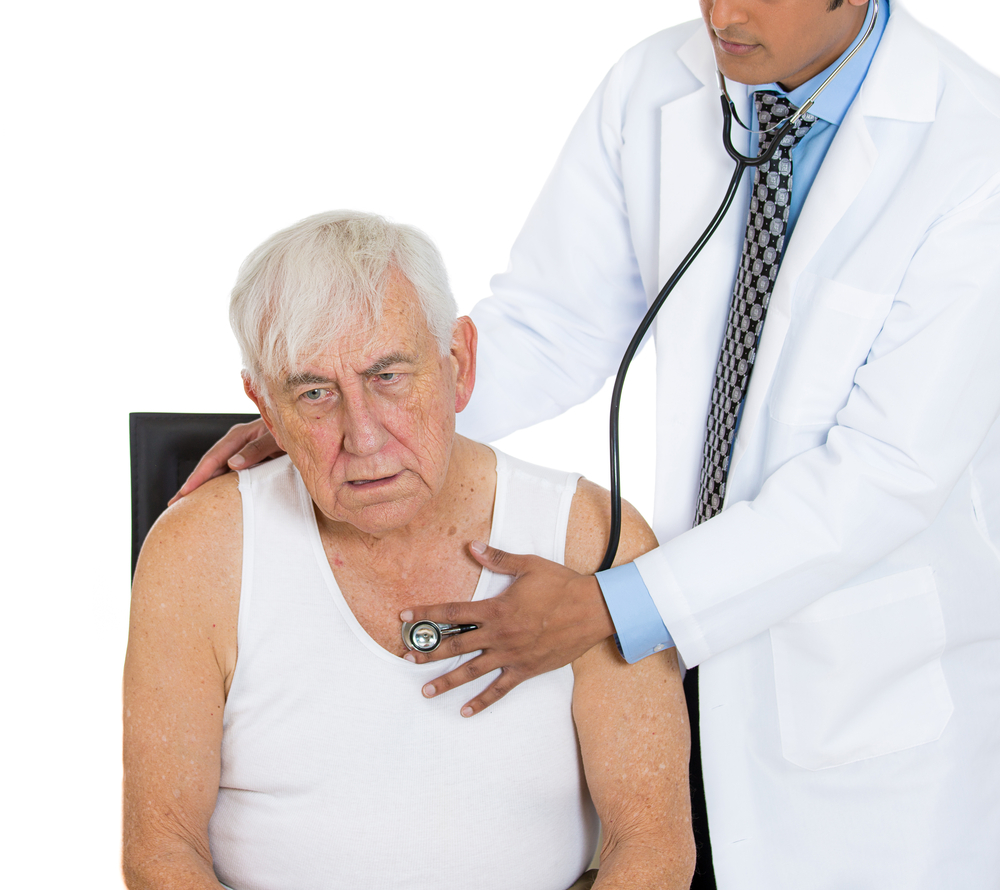Sleep disturbances are very common in older people.
Are you one of the millions of seniors in the US who think life would be pretty good… if you could just get some sleep?
Changes in sleep patterns may be a normal part of aging, but many other factors common in older people contribute to sleep problems. These include physical illness or symptoms, medication side effects, changes in activity or social life, and the death of a spouse or loved one.
Sleep disorders decrease the quality of life in older people by causing daytime sleepiness, tiredness, and lack of energy. Poor quality of sleep also can lead to confusion, difficulty concentrating, and poor performance on tasks. Sleep disorders also are linked with premature death. The biggest sleep problem in older people is a feeling of not getting enough sleep (insomnia) or not being rested.
- Many take longer to fall asleep than they did when younger.
- Elderly people actually get the same amount of sleep or only slightly less sleep than they got when younger, but they have to spend more time in bed to get that amount of sleep.
- The sensation of insomnia often is due to frequent nighttime awakening. For example, older people tend to be more easily wakened by noises than younger people.
- Daytime napping is another cause of nighttime wakefulness. Older people are more likely to be sleepy during the day than younger people, but too much sleepiness during the day is not part of normal aging.
Normal sleep has different stages that cycle throughout the night. Sleep specialists classify these as rapid eye movement (REM) sleep and non-REM sleep.
- REM sleep is the stage in which muscles relax most completely. Dreaming occurs during REM sleep.
- Non-REM sleep is subdivided into stages. Stages 1 and 2 constitute light sleep and stage 3 is called deep sleep. Deeper sleep generally is more refreshing.
Sleep changes with age. Older people are less efficient sleepers and have different patterns of sleep than younger people.
- The duration of REM sleep decreases somewhat with aging.
- The duration of stage 1 sleep increases, as does the number of shifts into stage 1 sleep. Stages 3 decreases markedly with age in most people, especially men. In people aged 90 years or more, stage 3 may disappear completely.
Among older people, women are more likely to have insomnia than men. More than half of people older than 64 years have a sleep disorder. The rate is higher among long-term care facility residents.
Sleep Disorders and Aging Causes
The sleep disorders that increase with age are sleep apnea and periodic limb movements of sleep (PLMS). Periodic limb movement disorder is also called nocturnal myoclonus. The prevalence of PLMS increases wityh age and may be found in a third or more of patients over 60.
Sleep apnea is the interruption of breathing during sleep. It is commonly caused by obstruction (blockage) of the airway. Rarely sleep apnea is caused by a problem in the nervous system, which controls breathing. Sleep apnea is very common among older overweight people.
- People with sleep apnea often wake up gasping in the night. They may thrash around in bed or get up and wander around in a confused state.
- Sleep apnea can result in daytime sleepiness, high blood pressure, heart rhythm problems, increased risk for heart disease and stroke, an increased risk for a motor vehicle accident.
- Sleeping medications can worsen sleep apnea by relaxing throat muscles too much.
Periodic limb movements in sleep refer to repetitive leg jerks during sleep. These jerks may awaken the person from sleep and usually disturb the bed partner. Many describe the movements as kicking movements. The movements may occur in only one leg or both legs.
Medical disorders may also disrupt sleep.
- Pain is one of the most common reasons for poor sleep in older people.
- Heart failure often causes breathing problems that can disturb sleep.
- Rapid heartbeat and palpitations can interrupt sleep.
- Other breathing problems that can disturb sleep include heart disease, certain neurological problems, and emphysema.
- A frequent need to urinate and other urinary problems may cause frequent awakenings.
- Persons with Parkinson’s disease may experience frequent urination, difficulty turning in bed, and difficulty getting out of bed. These problems may impair sleep.
- Gastroesophageal reflux disease (GERD) causes discomfort that can interfere with sleep.
- Constipation can cause discomfort that can disturb sleep.
- Allergies, sinus problems, nasal congestion, and similar problems can disrupt sleep.
Mental disorders are another common reason for sleep problems in older people.
- Depression disrupts sleep in all ages, and this condition is especially common in older people. Many people with depression have trouble falling asleep at night or wake in the night and are unable to go back to sleep.
- Dementia, especially Alzheimer’s disease, increases the length of stage 1 sleep and decreases stage 3 and REM sleep. Dementia is linked to more episodes of sleep disruption and awakening, nocturnal wandering, and daytime napping.
- Bipolar disorders, psychosis, and anxiety can result in difficulty falling asleep and/or staying asleep.

Sedative antidepressants and sedative antipsychotics can cause daytime drowsiness. Sleeping during the day interferes with nighttime sleep.
Beta-blocker medications can cause difficulty falling asleep, an increased number of awakenings, and vivid dreams.
Prolonged sleeping medication use may cause daytime drug withdrawal effects or daytime drowsiness.
Theophylline and caffeine are stimulant drugs. These drugs increase wakefulness and decrease total sleep time. Caffeine’s effect can last as long as 8-14 hours and maybe more pronounced in older patients. Over-the-counter pain relievers, cold or allergy remedies, appetite suppressants, and tonics may contain caffeine.
The stimulant nicotine affects sleep like caffeine. Smokers have more sleep disturbances than nonsmokers. Smokers also have difficulty falling asleep and decreased sleep duration. Even a nicotine patch can disrupt sleep.
Lifestyle and social factors can contribute to sleep disorders.
Many older people are less active, and their bodies are not as ready for sleep at the end of the day.
Alcohol can disrupt sleep.
Daytime sleeping or lying on the bed to read or watch television can interfere with nighttime sleep.
Sadness and bereavement can interfere with sleep.
Everyday stress can make sleep more difficult.
Why is sleep apnea is less often diagnosed in the elderly
One of the main reasons that elderly patients are diagnosed less often with OSA is because they present atypical symptoms than the traditional model of a standard sleep apnea patient.
Traditional risk factors such as obesity, BMI, neck circumference, and snoring are less prevalent among the elderly leading to diagnostic challenges for healthcare professionals.
The association between OSA and other medical conditions such as hypertension, congestive heart failure, stroke, coronary artery disease, and atrial fibrillation makes getting elderly patients properly diagnosed critical as these are among the leading causes of death in this population.
Misdiagnosis and under-diagnosis can be attributed to the atypical symptoms presented by this group, cognitive issues of the patient, a lack of self-reporting, as well as a lack of awareness and criteria for diagnosing the elderly, according to a study published in Internet Scientific Publications.
If you live in Alaska and suspect, for any reason, that you (or a loved one) may have a sleep disorder and would like to speak with a sleep specialist, contact the Alaska Sleep Clinic by clicking the link below. Once your information has been entered a sleep educator will contact you within 48 business hours for a quick 10-minute over-the-phone consultation to determine if a sleep study is right for you.
It’s never too early, or too late, to get help with sleep apnea.









